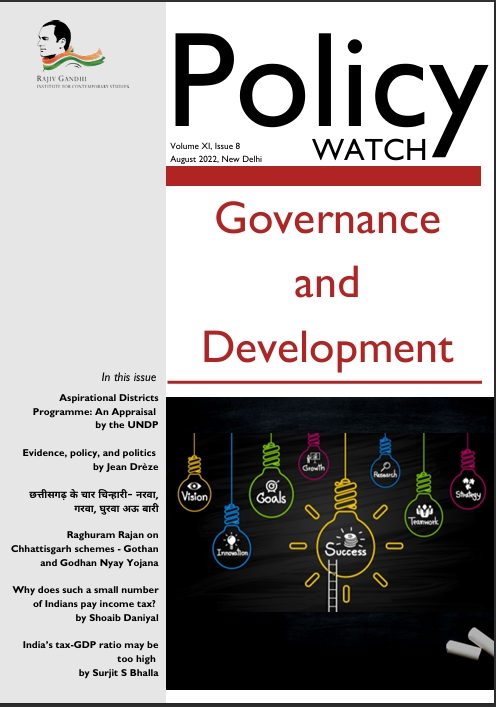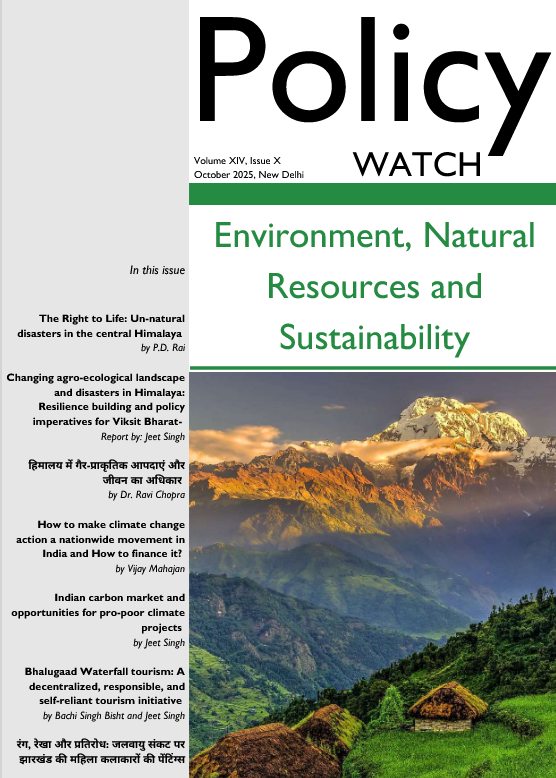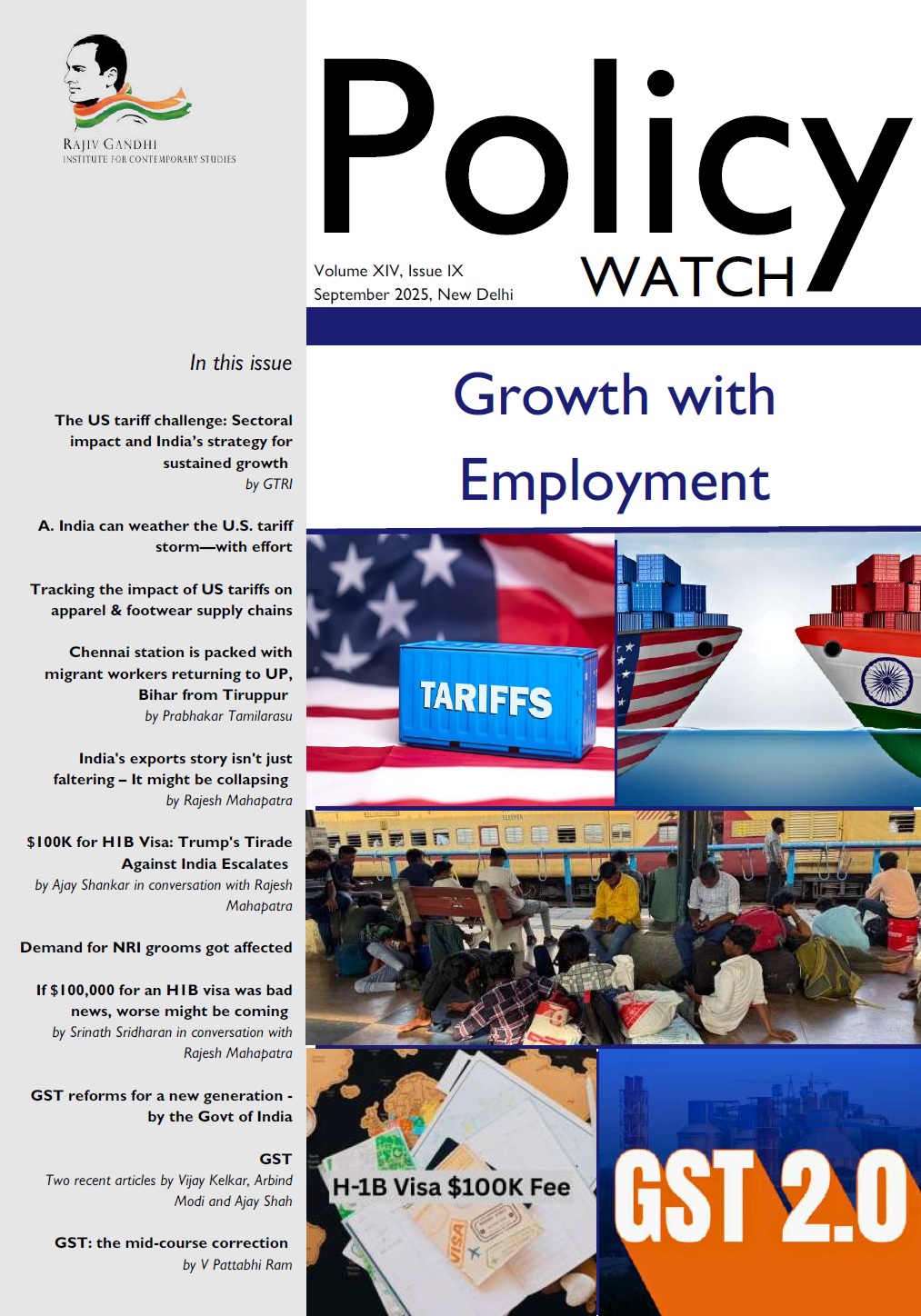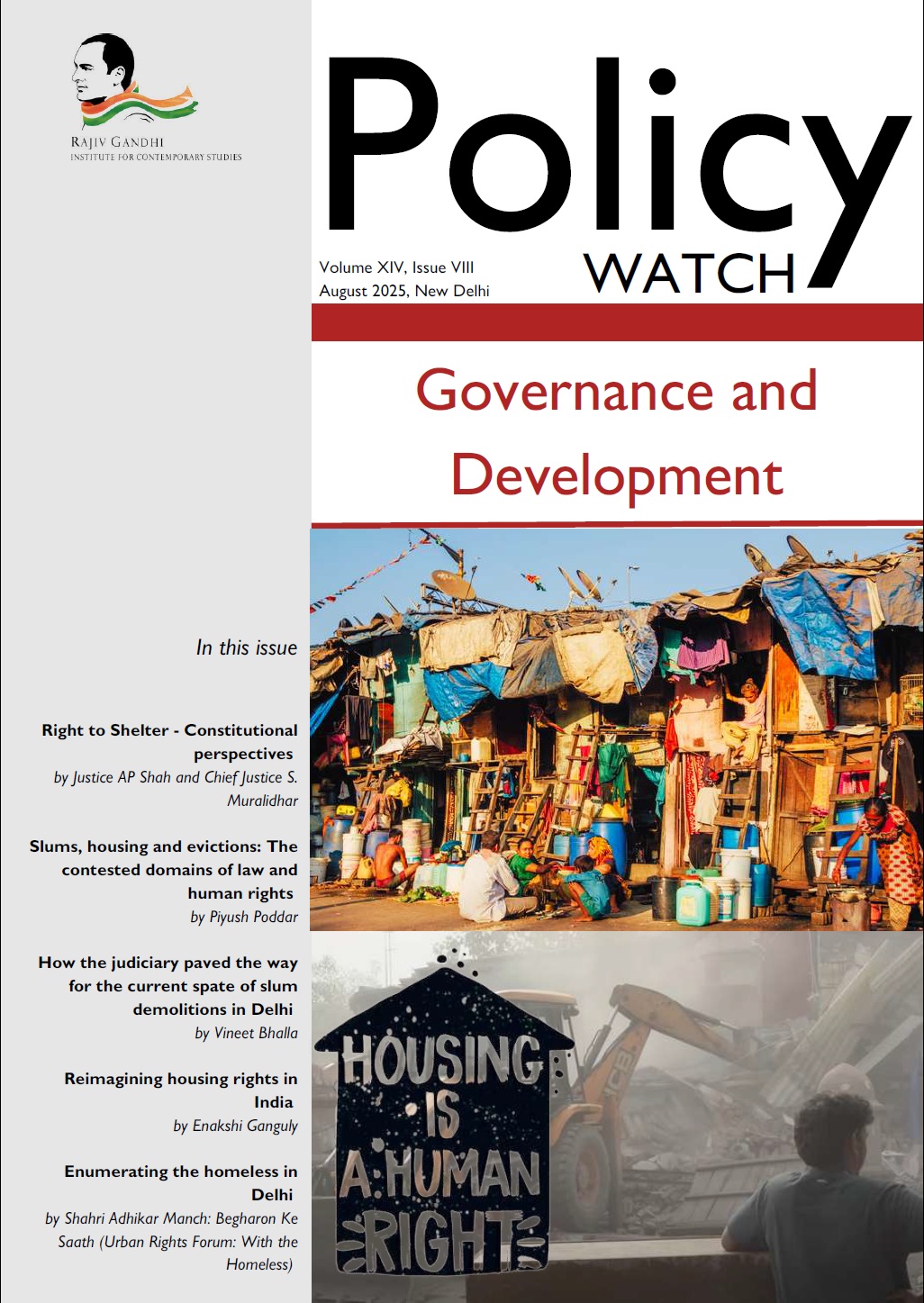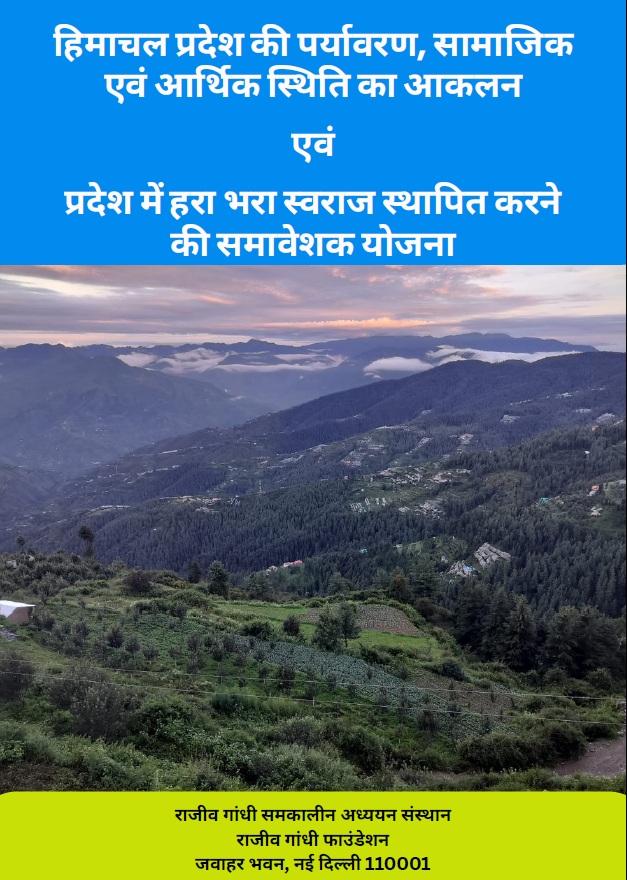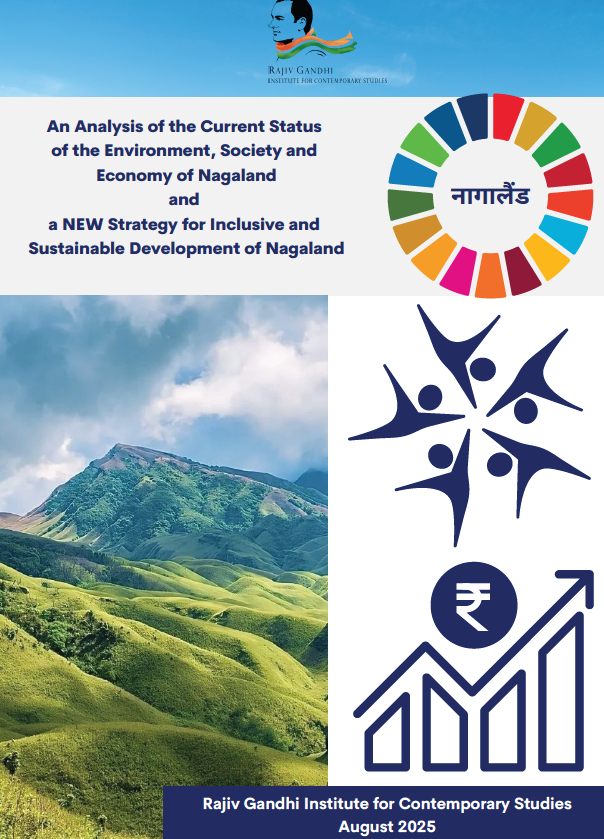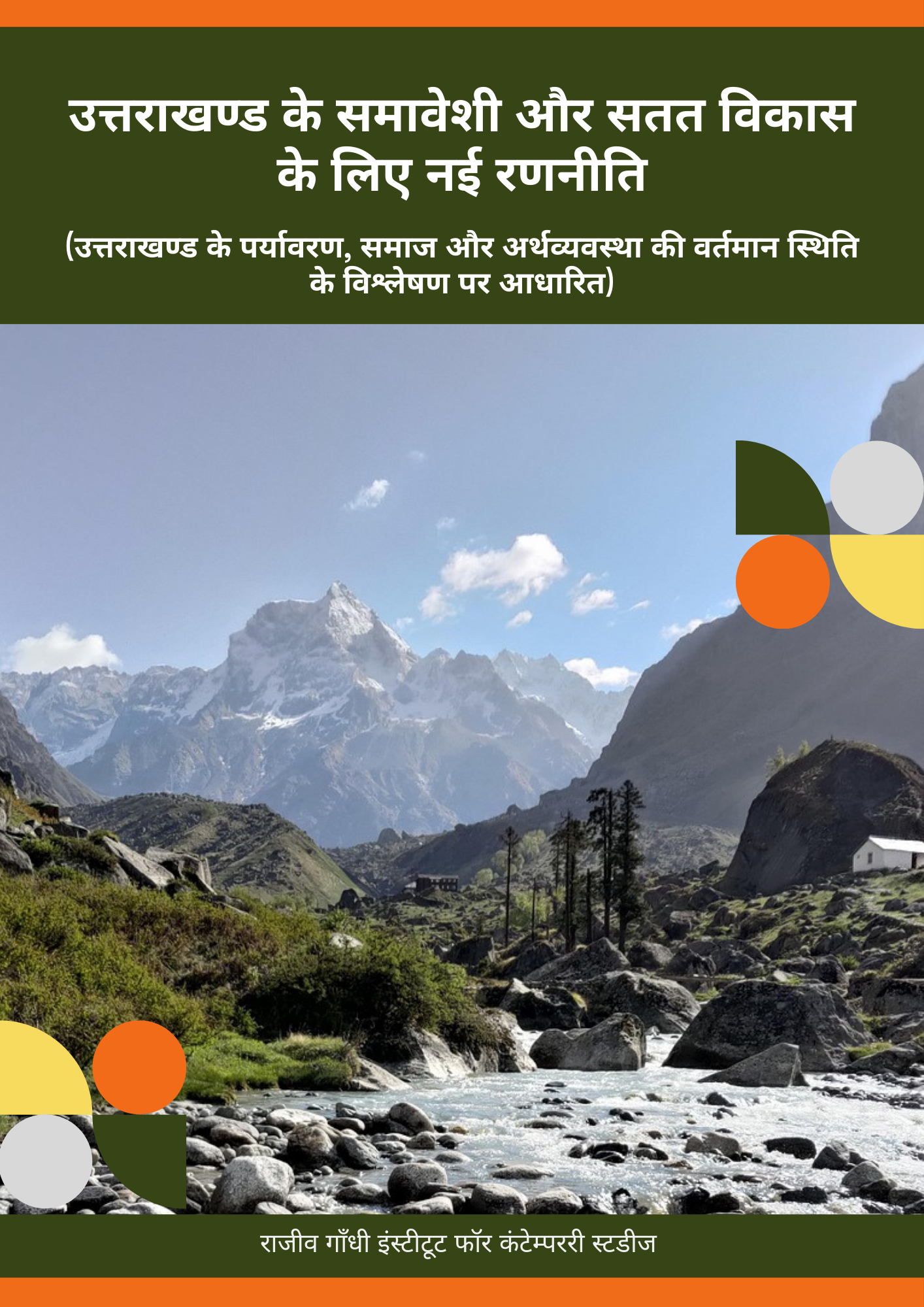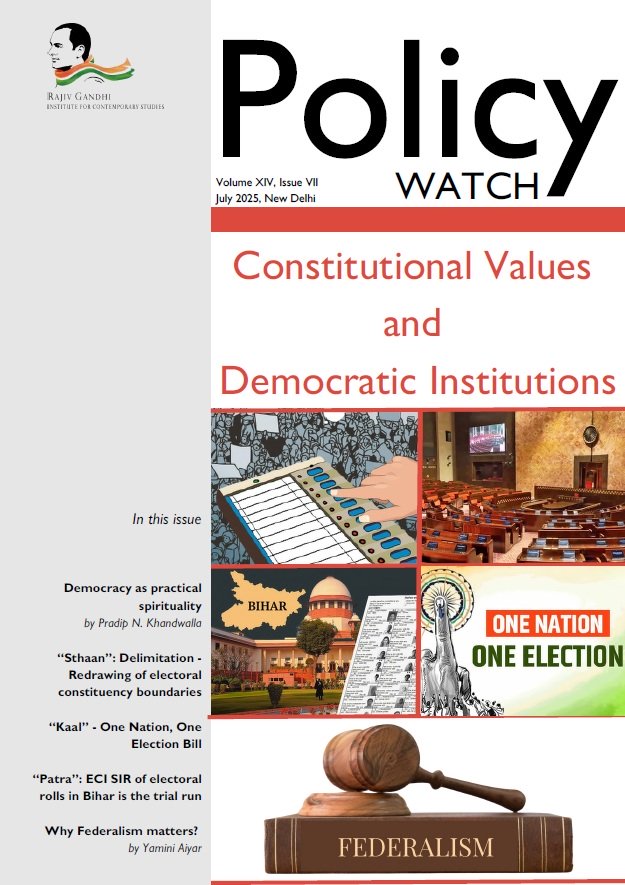This issue is on the theme, Governance and Development. In our view, Governance covers the Executive functions of the State, which involve execution of constitutional, legislative and at times judicial mandates. Thus, matters related to law and order, welfare and development, and specific programmes and their financing through tax revenues are all part of governance.
For this issue, we have identified three topics for consideration:
(a) data driven and evidence based programme design, implementation and monitoring;
(b) a state government’s natural resource based livelihoods programme; and
(c) linkage of tax revenue with government’s development programmes.
We carry two articles on each of these three topics. The first pair of articles is on data driven and evidence based programme design, implementation and monitoring. In this, the first article is the summary of an Appraisal by the UNDP of the Aspirational Districts Programme of the NITI Aayog. The article describes the main features of the programme and highlights its successes. One of the key aspects of the programme was the data driven nature of the programme design as well as monitoring. This was stated to be a paradigm shift in Indian government programme, from intuitive-administrative to evidence based policy.
The second article by Jean Dreze is on evidence, policy and politics and it takes a contrarian view. He argues that the relation between evidence and policy needs further thought. Based on his involvement with social policy in India, Dreze believes that while economists can contribute to more informed policy discussions and public debates, they ought to be cautious in offering advice on policy design.
The next pair of articles deal with a programme of the Chhattisgarh Government under the rubric “Narwa, Gharwa, Ghurva, Badi” — loosely meaning streams, cattle, manure and homestead land — in other words, natural resource basis for livelihoods. The first article describes a scheme of establishing Gothans (livestock area) in each village and Godhan Nyaya (cattle wealth based justice). The second article gives the comments of eminent economist Dr. Raghuram Rajan on the schemes, after he visited Chhattisgarh in July 2022.
The third pair of articles deals with the issue of whether India has enough tax revenue to finance the governance, welfare and development functions of the government. The first article by Soaib Daniyal argues that India has too few taxpayers and the government is thus structurally short of adequate financing. The second article by Dr. Surjit Bhalla makes the claim that India’s tax-GDP ratio may be higher than the level at which India’s GDP is. This is based on recent IMF estimates taking into account local taxes, which did not figure into central and state tax collection figures.
Policy Watch: Governance and Development – August 2022
Send download link to:

